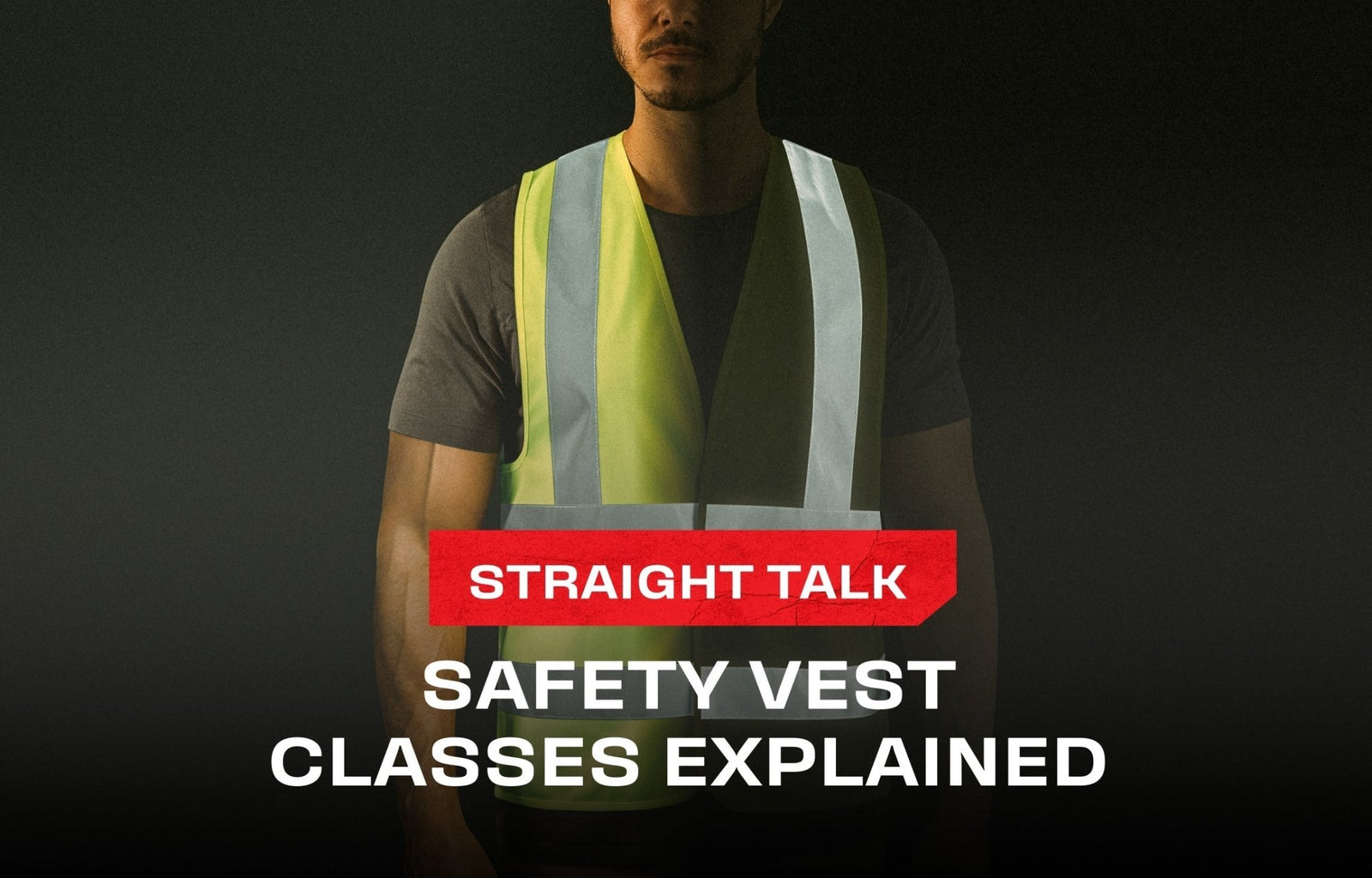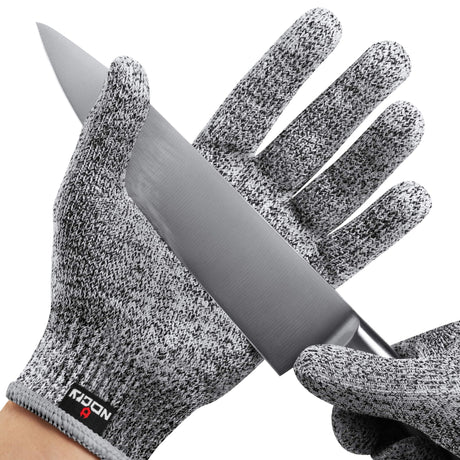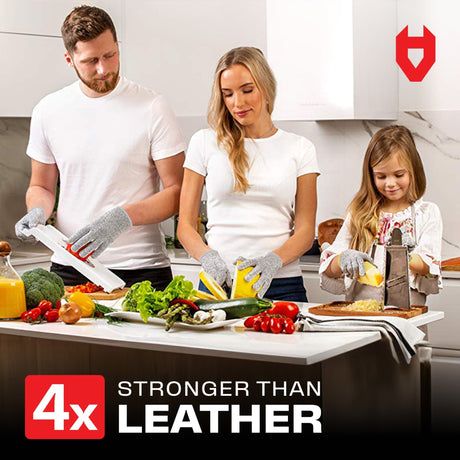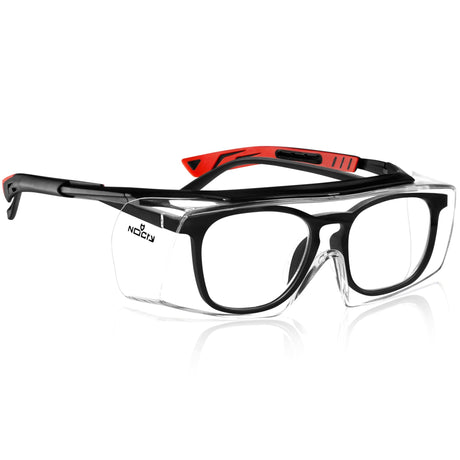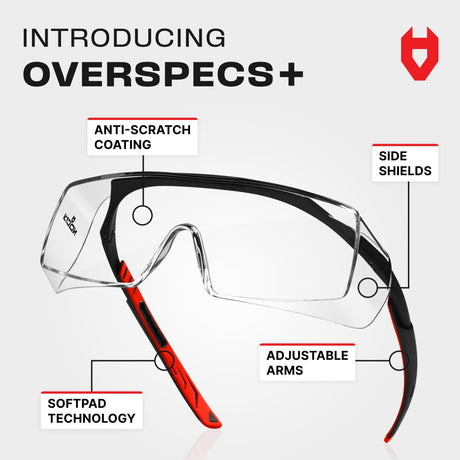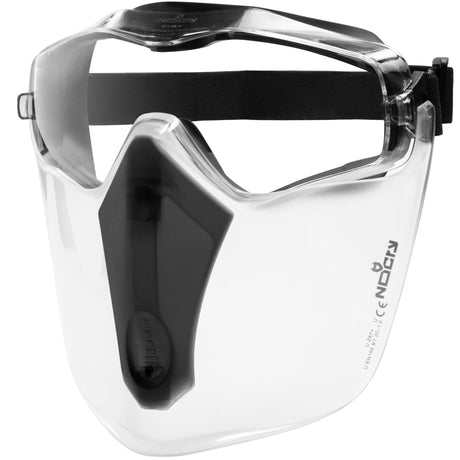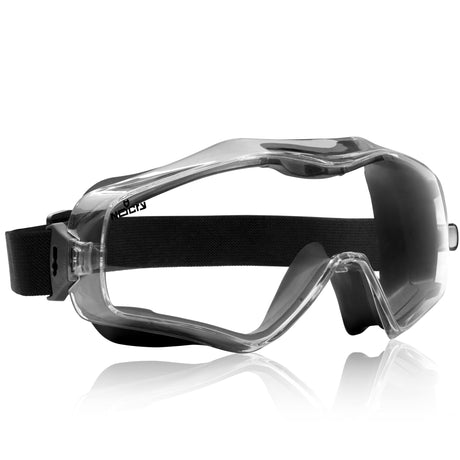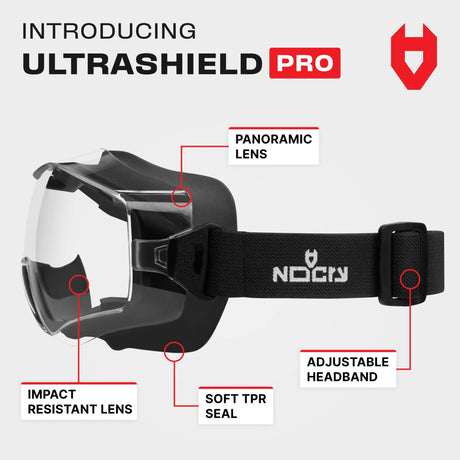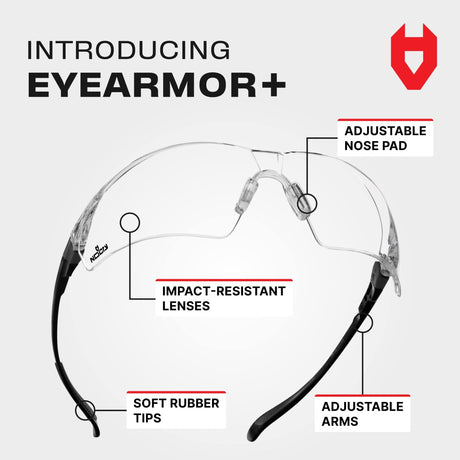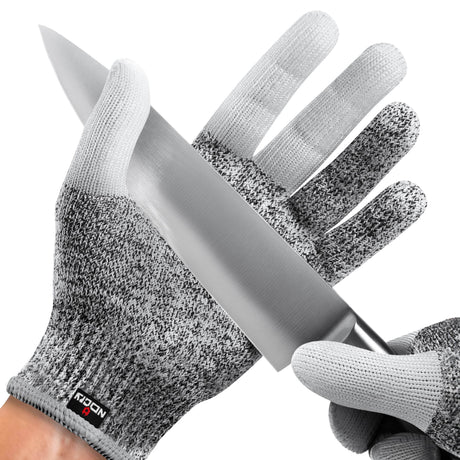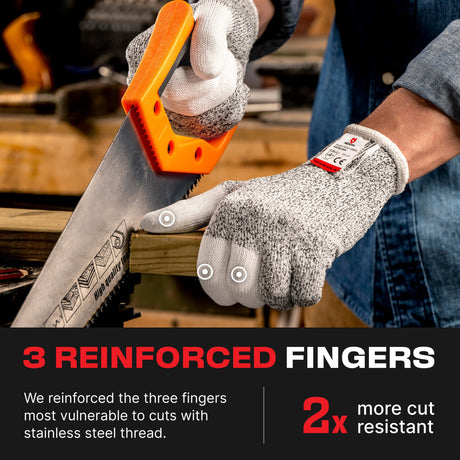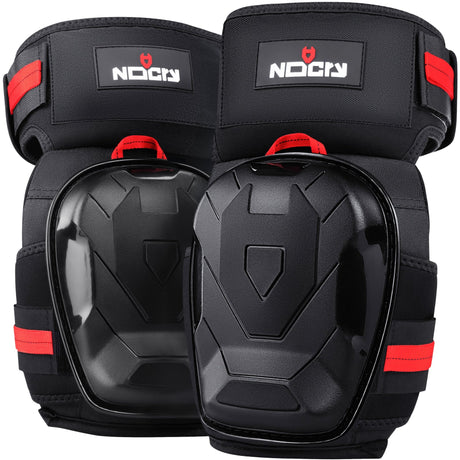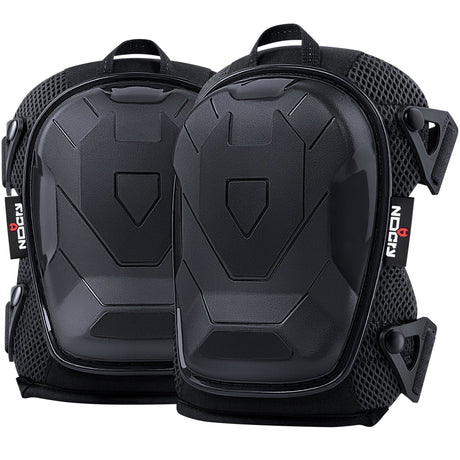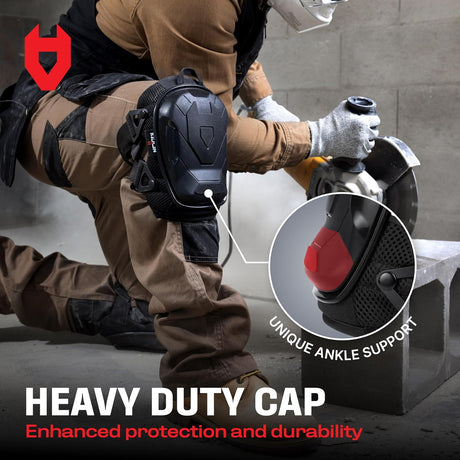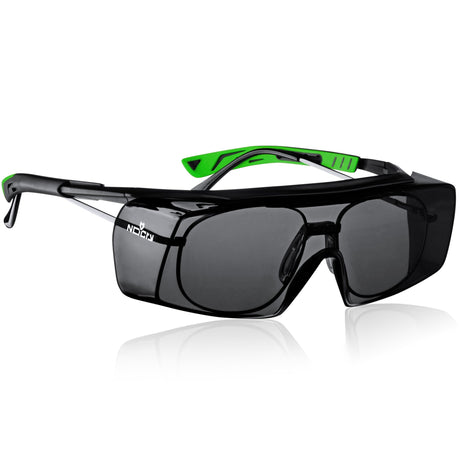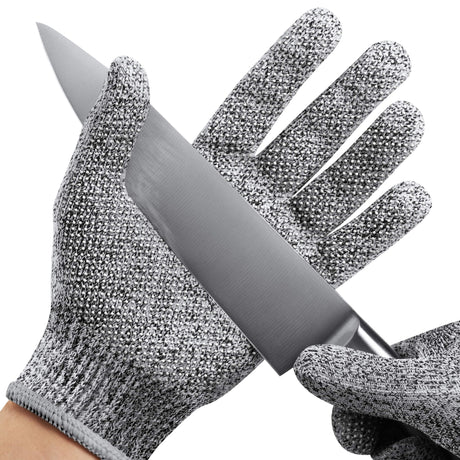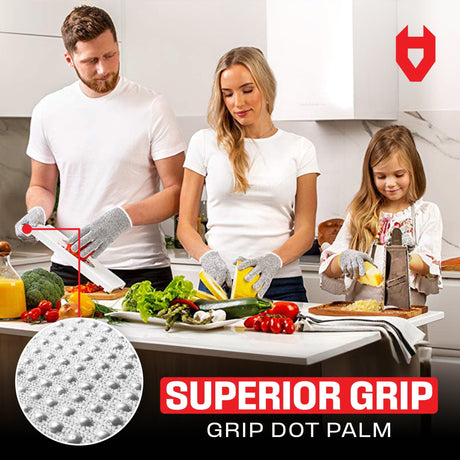Contents
Key Takeaways
- ANSI defines safety apparel standards used in roadway, construction, emergency, and industrial settings.
- Class 1, 2, and 3 vests provide increasing levels of visibility based on traffic speed, worker proximity, and risk.
- Class E pants aren’t standalone compliant but upgrade Class 2 vests to Class 3 when worn together.
What Are HiVis Safety Vest Classes?
Safety vest classes are levels assigned based on the visibility needs of different job environments. The ANSI/ISEA 107-2020 standard outlines these classes to ensure workers can be seen clearly under various lighting and weather conditions, especially near vehicles or heavy machinery.
The classes are:
- Class 1: Minimal visibility for low-risk environments
- Class 2: Intermediate visibility for traffic or outdoor work
- Class 3: Maximum visibility for high-speed or low-visibility conditions
Additionally, class E is used to represent high-visibility pants that upgrade Class 2 to Class 3 when combined.

When Do You Need a Class 1 Safety Vest?
Class 1 safety vests are suitable for workers in areas where vehicle traffic does not exceed 25 mph and minimal exposure to moving equipment is expected. Therefore, class 1 is not approved for use on or near public roadways.
Requirements:
- At least 217 in² of background material
- At least 155 in² of reflective material
Optimal for:
- Warehouse workers
- Shopping cart retrievers
- Parking lot attendants
- Delivery drivers working in low-traffic areas
When Do You Need a Class 2 Safety Vest?
Class 2 vests are designed for environments with more traffic, faster speeds (up to 50 mph), or where workers need to stand out more against complex backgrounds. It is often used during daytime operations or where visibility is important but not critical.
Requirements:
- At least 775 in² of background material
- At least 201 in² of reflective material
Optimal for:
- Roadside construction crews
- Utility and telecom workers
- Survey crews
- School crossing guards
- Airport ground staff
When Do You Need a Class 3 Safety Vest?
Class 3 vests provide the highest level of visibility. These are designed for workers exposed to high-speed traffic (50+ mph), nighttime conditions, or complex work environments where maximum conspicuity is essential. Also recommended in low-light or poor weather conditions where risks are elevated.
Requirements:
- At least 1,240 in² of background material
- At least 310 in² of reflective material
Optimal for:
- Warehouse workers
- Shopping cart retrievers
- Parking lot attendants
- Delivery drivers working in low-traffic areas
When Do You Need a Class E Safety Vest?
Class E refers to supplemental high-visibility garments like pants, overalls, or gaiters. These are not ANSI-compliant on their own, but when paired with a Class 2 or Class 3 vest, they create a full Class 3 ensemble.
For example, pairing Class E pants with a Class 2 vest gives the worker Class 3 level visibility, making it a flexible choice for changing work conditions.
Requirements:
- ANSI-compliant background and retroreflective material
- Reflective bands must wrap around both legs
Optimal for:
- Highway construction teams
- Utility line workers
- Airport runway crews
- Railway workers

What Are the ANSI Types (O, R, P)?
Along with classes, ANSI/ISEA 107-2020 defines three types of high-visibility clothing based on the work environment:
- Type O (Off-Road): For off-road environments like warehouses, oil fields, and mining sites. Typically uses Class 1 garments.
- Type R (Roadway): For road construction, utility work, and other environments where workers are exposed to moving traffic. Typically uses Class 2 or Class 3 garments.
- Type P (Public Safety): For emergency responders, law enforcement, and firefighters who often work near roadways or in complex situations. Typically uses Class 2 or Class 3 garments, often with features like breakaway designs or specialized ID panels.
Knowing both type and class ensures proper PPE selection.
How Are HiVis Safety Vests Tested?
To be ANSI compliant, a finished garment (not just the fabric) must be tested and certified. Labs assess:
- Color fastness (fluorescence after UV exposure)
- Retroreflectivity (how well it reflects light)
- Durability (after washing, abrasion, or flame exposure)
- Design layout (proper distribution of stripes and background)
Each vest must meet both design and performance criteria; compliance is not just about adding reflective tape.
How to Choose the Right Safety Vest
Selecting the correct HiVis safety vest class depends on your work environment, traffic exposure, and visibility needs. Here’s what to consider:
1. Assess Vehicle Speeds and Traffic
- Under 25 mph? You may be fine with Class 1, which is ideal for warehouse workers or parking attendants.
- 25–50 mph? Go with Class 2, which is suitable for road crews, survey teams, and utility workers.
- Above 50 mph or low-light work? Class 3 is mandatory for flaggers, highway crews, and night operations.
2. Check Lighting and Weather Conditions
- If you’re working in dim light, nighttime, fog, or rain, opt for Class 3 for maximum visibility.
- In clear daylight, Class 2 may be sufficient, especially if traffic speeds are moderate.
3. Evaluate Your Job Tasks
- Are your hands and arms visible? Class 3 vests often have sleeves, making you easier to spot when directing traffic or signaling.
- Do you crouch or kneel often? Consider pairing a Class 2 vest with Class E pants to ensure visibility from all angles.
4. Understand Industry Requirements
- Construction, DOT, FAA, and public safety sectors may have specific guidelines or contracts requiring certain classes or types.
- Always check OSHA, state regulations, or your company’s PPE policy before purchasing.
5. Comfort and Practical Features
- Choose breathable mesh for hot environments.
- Look for vests with pockets, mic tabs, or ID windows if your role requires tools or identification.
- Ensure ANSI labeling is present and avoid generic vests with no compliance markings.
Don’t just buy the brightest vest — match the class and type to your actual working conditions for safety and compliance.
What Class Are NoCry HiVis Safety Vests?
NoCry HiVis safety vests meet the ANSI requirements for Class 2, which is designed for moderate-risk environments like those with traffic up to 50 mph. Our vests provide a moderate level of visibility with 201 square inches of reflective material, and can be combined with Class E apparel (like pants or bib overalls) to achieve a Class 3 ensemble.
Conclusion
Understanding ANSI vest classes ensures your workers are wearing the right level of protection for their environment. Whether it’s a Class 1 vest for warehouse use or a full Class 3 setup for highway crews, selecting the right gear improves safety, compliance, and visibility.
Remember to always use compliant vests, don’t assume Class 2 is “good enough” for all jobs, and evaluate visibility needs based on speed, traffic, weather, and lighting.
FAQ
Can a Class 2 vest be worn at night?
It can, but for nighttime or poor weather, a Class 3 vest is strongly recommended for maximum visibility and safety.
Is ANSI compliance required by law?
Not directly, but OSHA uses ANSI as a recognized standard. In most roadway or construction settings, wearing ANSI-compliant gear is effectively mandatory.
Can I put my company logo on a safety vest?
Yes, but it must not cover reflective or fluorescent areas. The garment may need to be retested depending on logo size and placement.
What color should high-vis vests be?
Approved colors include fluorescent yellow-green, fluorescent orange-red, and fluorescent red. These offer high contrast in daylight and artificial lighting.
Do pants need to be ANSI compliant too?
If they’re part of your visibility strategy (especially in Class 3 setups), then yes, Class E pants must meet ANSI design and performance standards.
What is the difference between Class 3 and E?
A Class 3 safety vest offers the highest level of visibility, providing enhanced protection in hazardous environments, while Class E vests are supplemental garments that increase visibility when worn with other Class 2 or 3 vests.

